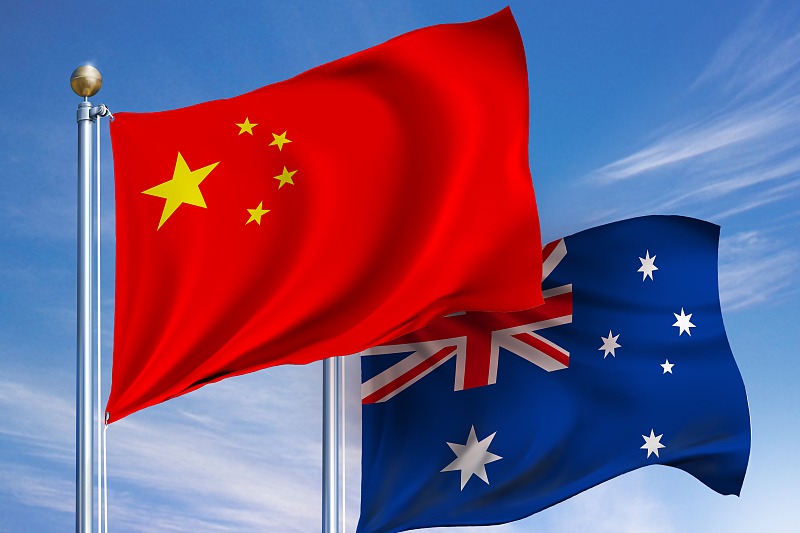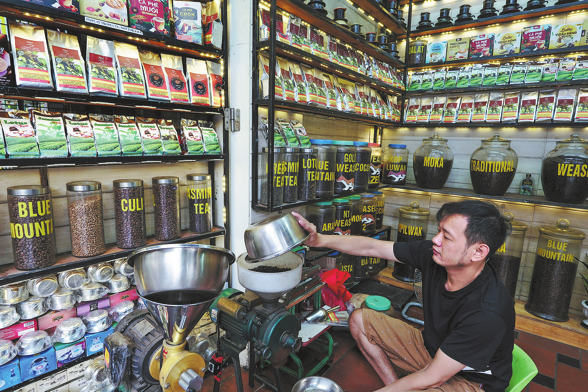LA port reels under strain of US tariffs
Uncertainty clouds trade with China as analysts call for continued cooperation


The Port of Los Angeles, the busiest gateway for trade between China and the United States, is feeling the strain of tariffs and the promise of improved dialogue, say port leaders and trade experts.
"Today at the Port of Los Angeles, China is our largest trading partner, and has been in that No 1 position now for more than three decades," said Eugene Seroka, executive director of the port. "Over 40 percent of our business is import and export with China-based ports."
The outcome of recent China-US trade talks in Spain could prove pivotal, Seroka said.
"Many people here in Los Angeles are hopeful both sides can reach some final conclusions soon. China's importance in our import business, and the export opportunities for US companies, make trade between the world's two largest economies very important for many of us."
Despite tariff-driven fluctuations, the port has demonstrated resilience. Year over year, cargo volume rose more than 6 percent, and July was the single busiest month in the port's 117-year history.
"I believe that we'll reach an understanding in the not-too-distant future, and we'll begin to focus on those business and trade relationships that can expand opportunities for both countries," Seroka said. "I also see a real possibility to increase US exports to China, which will help create more jobs, not only here in LA, but across the country and in China as well."
Yet, volatility remains a constant.
"Announcements this year on trade policy coming out of Washington have caused big increases in cargo at times, and then slowdowns when tariffs were in place that were very high," Seroka said. "So we've had to be quite nimble and react quickly to information to make sure we could handle the cargo flows."
Vincent Iacopella, president of Trade and Government Relations at Alba Wheels Up International in New York, echoed Seroka's concerns about the uncertainty facing global supply chains during a recent cargo news briefing discussion.
"If tariffs are going up in China and lower in Vietnam or India, you want to optimize that," Iacopella said. But he warned against a complete shift away from China, "Look what's happening right now, you have folks that left China, went into India, and are actually paying a higher duty rate now than before, 50 percent."
The looming effect of new fees on Chinese-built and operated vessels adds to the port's challenges. Beginning Oct 14, the US will impose escalating surcharges through 2028.
"Early back-of-the-envelope estimates look something to the effect of $125 per container to maybe over $300 here at the Port of LA," Seroka said. "Now that cost per box may be lower than other entry points simply because of the average volume we have on every ship that comes in. Smaller ships will have a higher cost per box."
According to a port study, about 30 percent of the 2,000 vessel calls annually in LA involve China-built or operated ships.
"The question is, there are substantial costs. They are real costs," Iacopella said. "On top of tariffs, complexity and uncertainty, now we've got yet another cost associated with bringing goods in."
Both Seroka and Iacopella stressed that, ultimately, consumers will bear these additional burdens.
"No matter who along the way in the supply chain pays it, it ends up in the consumer price," Iacopella said.
Seroka also pointed to wider ripple effects. With US tariffs on steel imports as high as 50 percent, domestic producers have raised their own prices.
Despite these headwinds, he underscored the long-term importance of the US-China partnership.
"Our partnership with Chinese ports and companies is very important to our success in LA," he said, adding the two sides must continue working closely together to ensure supply chains and ports operate smoothly.
renali@chinadailyusa.com

































